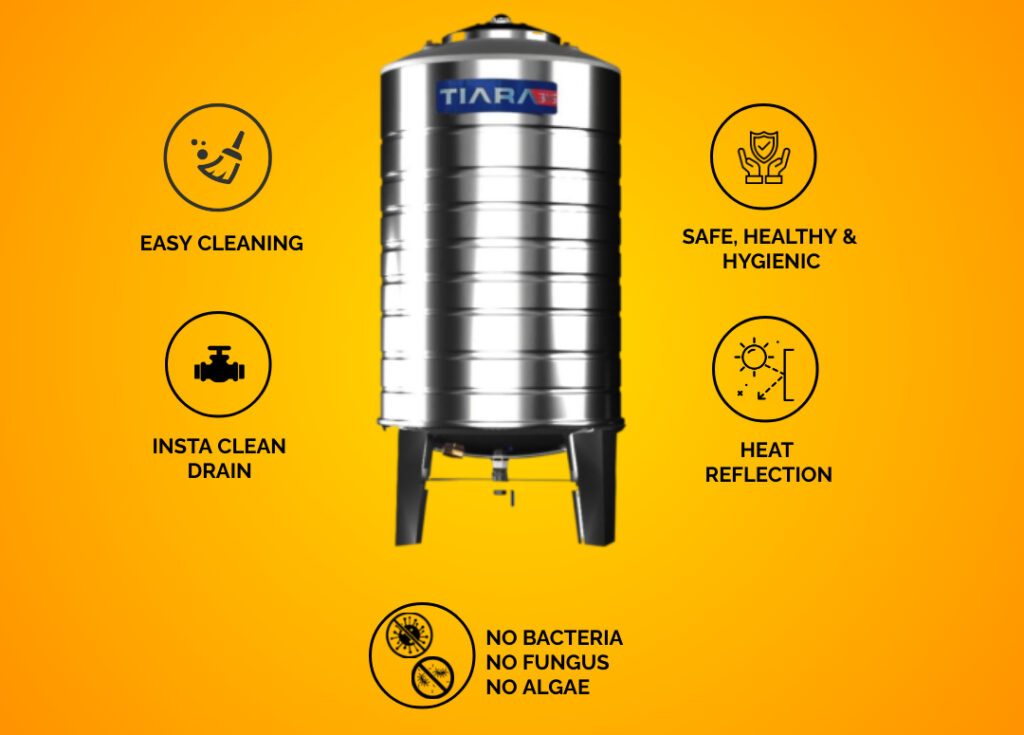
The COVID-19 pandemic has posed unprecedented challenges to healthcare systems around the globe, and India is no exception. With a population exceeding 1.4 billion, the country faced a monumental task in managing healthcare resources effectively during the crisis. One of the less obvious yet critical components of this effort has been the role of water storage tanks. These tanks have emerged as essential assets in supporting India’s healthcare infrastructure amid the pandemic.
The Importance of Clean Water in Healthcare
Clean and accessible water is vital for any healthcare setting, particularly during a health crisis like COVID-19. Hospitals and healthcare facilities require consistent access to water for various functions, including sanitation, disinfection, and patient care. Proper hand hygiene has been underscored as one of the key measures in controlling the virus’s spread. Without adequate water supply, maintaining hygiene protocols becomes challenging.
In rural and semi-urban areas, where healthcare facilities often struggle with inconsistent water supply, water storage tanks serve as a lifeline. By storing large volumes of water, these tanks ensure that healthcare providers can maintain hygiene standards, provide necessary treatments, and manage waste disposal effectively.
Enhancing Healthcare Facility Resilience
The surge in COVID-19 cases strained India’s healthcare infrastructure, leading to an urgent need for additional resources. Many hospitals faced overwhelming patient loads, necessitating the establishment of temporary facilities and isolation wards. Water storage tanks became indispensable in these scenarios, as they provided a reliable water source for new setups that were quickly constructed to accommodate rising patient numbers.
Temporary hospitals and quarantine centers were often established in schools, community centers, and even makeshift tents. In these locations, having sufficient water supply was crucial not only for patient care but also for ensuring the safety and well-being of healthcare workers. By using water storage tanks, these facilities could operate without interruption, maintaining essential hygiene practices even in the most challenging environments.
Innovations in Water Storage Solutions
As the pandemic progressed, innovative approaches to water storage emerged, catering specifically to the needs of healthcare facilities. Portable water tanks and advanced filtration systems were introduced to provide clean water on demand. These solutions were especially beneficial in regions with limited infrastructure.
Additionally, some organizations began incorporating solar-powered pumps and rainwater harvesting systems to fill water tanks. This not only improved sustainability but also reduced dependence on conventional water sources, which were often unreliable in certain regions. The integration of technology in water storage not only enhanced water availability but also reduced the operational burden on healthcare facilities during the crisis.
Supporting Community Health Initiatives
Water storage tanks also played a significant role in community health initiatives. Mobile healthcare units, which traveled to underserved areas to provide medical assistance, relied heavily on accessible water sources for their operations. By ensuring that these units had a reliable water supply, water storage tanks contributed to expanding healthcare access in remote regions.
Moreover, community health workers conducting awareness programs about COVID-19 prevention emphasized the importance of handwashing and hygiene. Their effectiveness was greatly enhanced by the availability of water, making it easier to implement these crucial health messages. Thus, water storage tanks not only supported healthcare facilities but also empowered communities to take charge of their health.
Future Considerations
The lessons learned during the COVID-19 pandemic highlight the need for robust water management strategies in healthcare systems, particularly in developing countries like India. As the nation continues to recover, investing in reliable water storage solutions will be crucial for enhancing healthcare resilience against future health crises.
In conclusion, while water storage tanks may not be the most visible aspect of India’s COVID-19 healthcare response, their impact has been profound. They have ensured that healthcare facilities can provide necessary services, maintained hygiene standards, and supported community health initiatives. As India moves forward, the integration of sustainable water storage solutions will be vital in strengthening the healthcare infrastructure, safeguarding the nation against potential future challenges.


